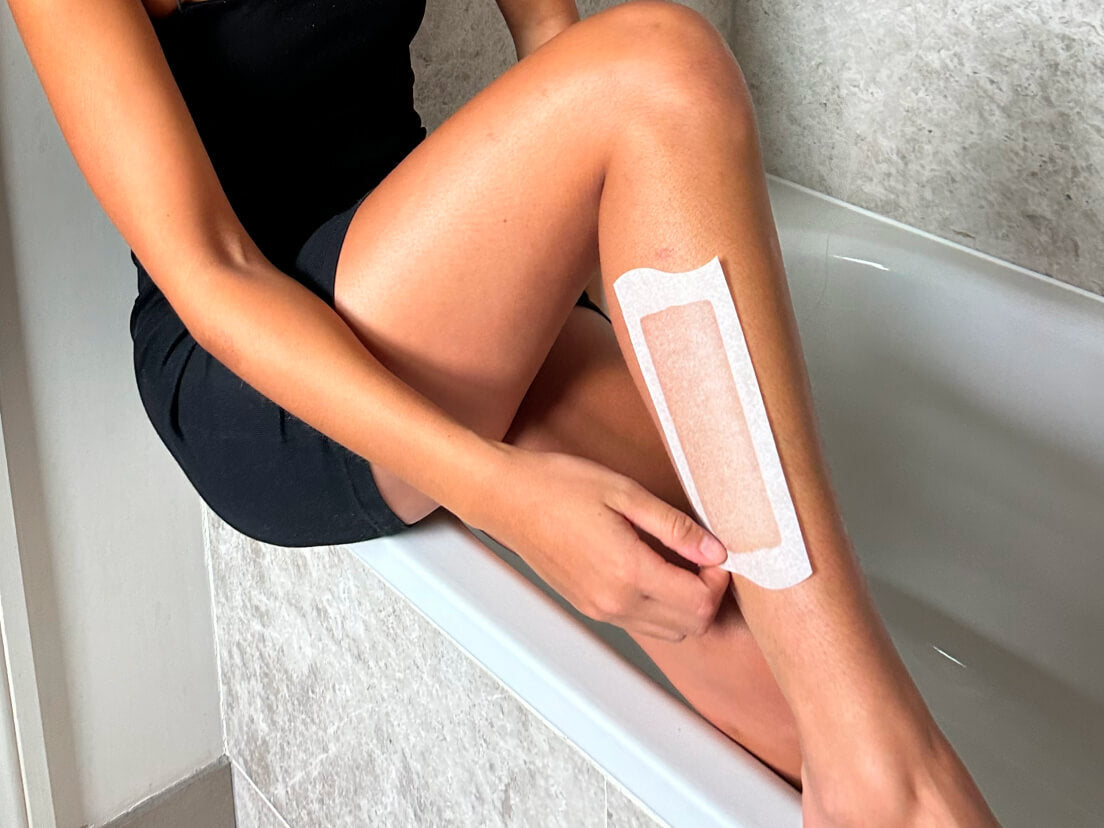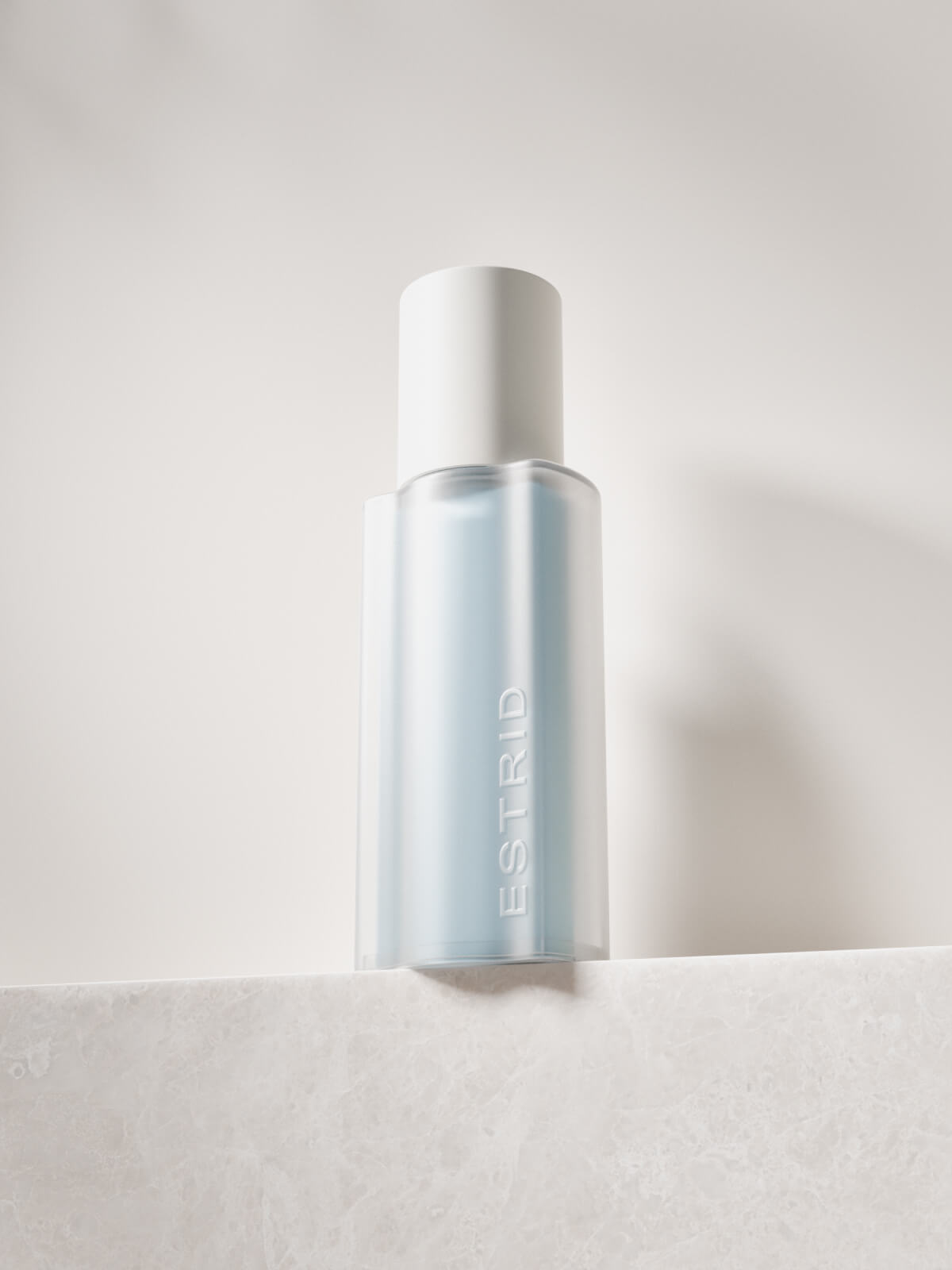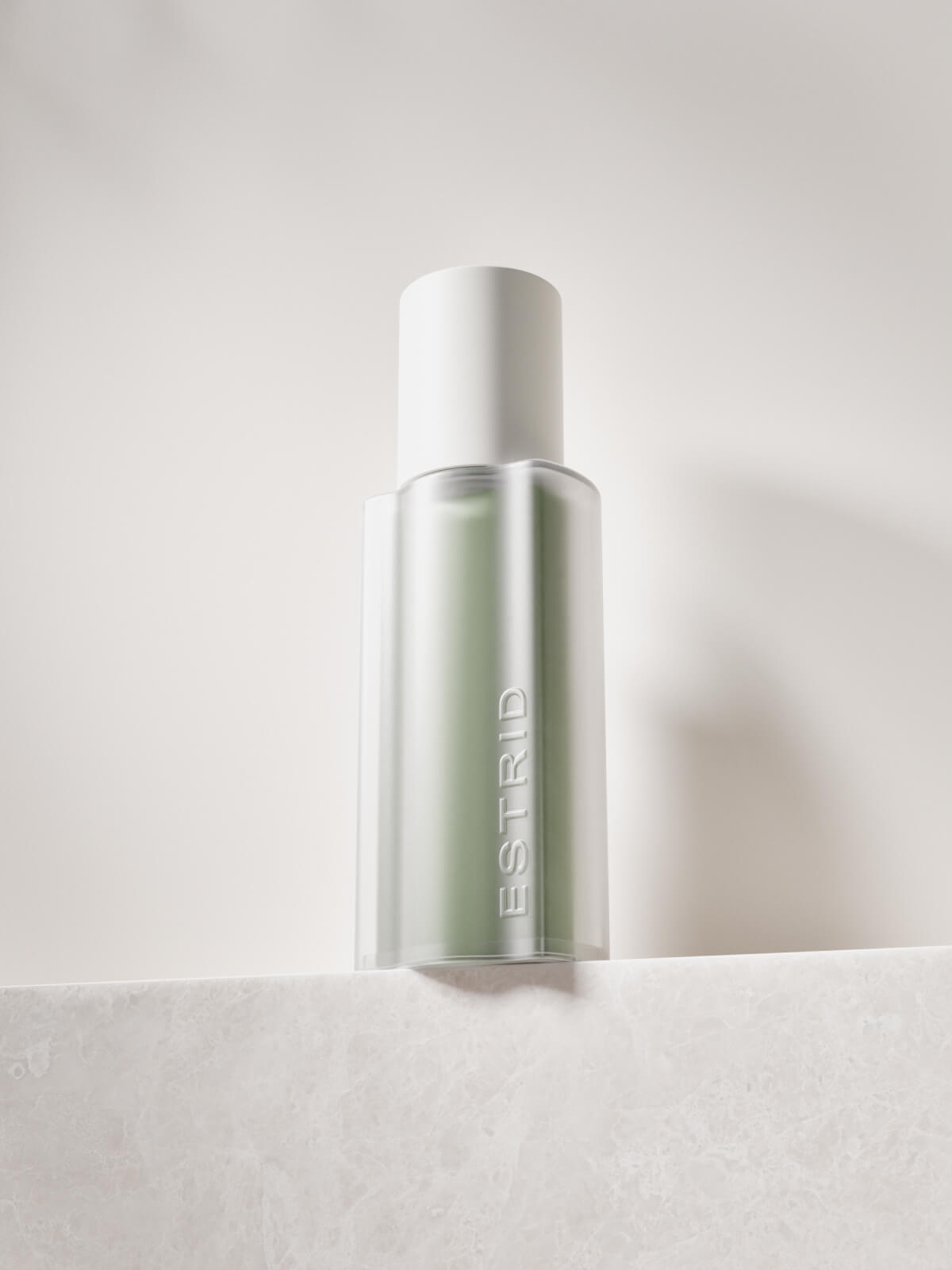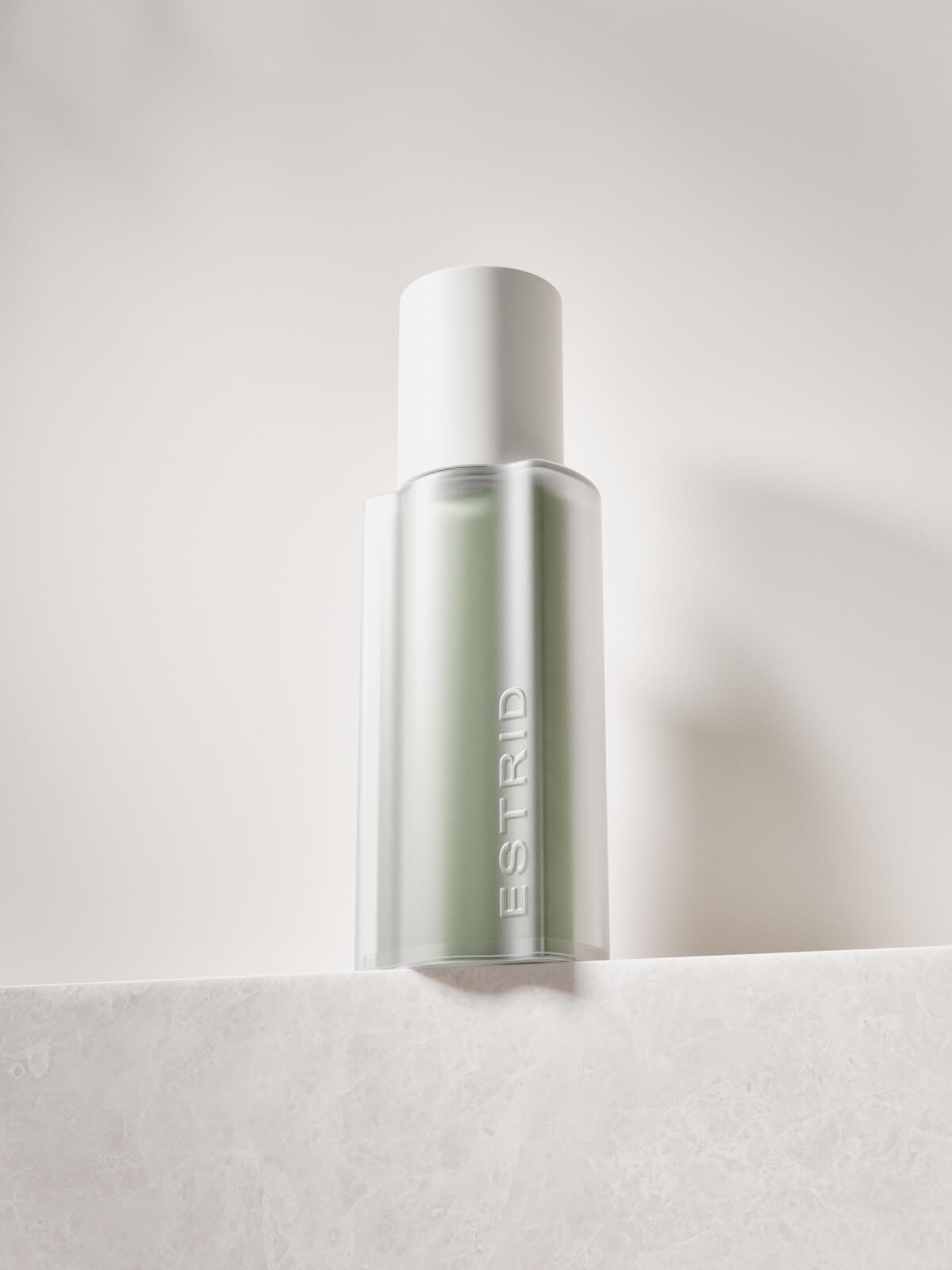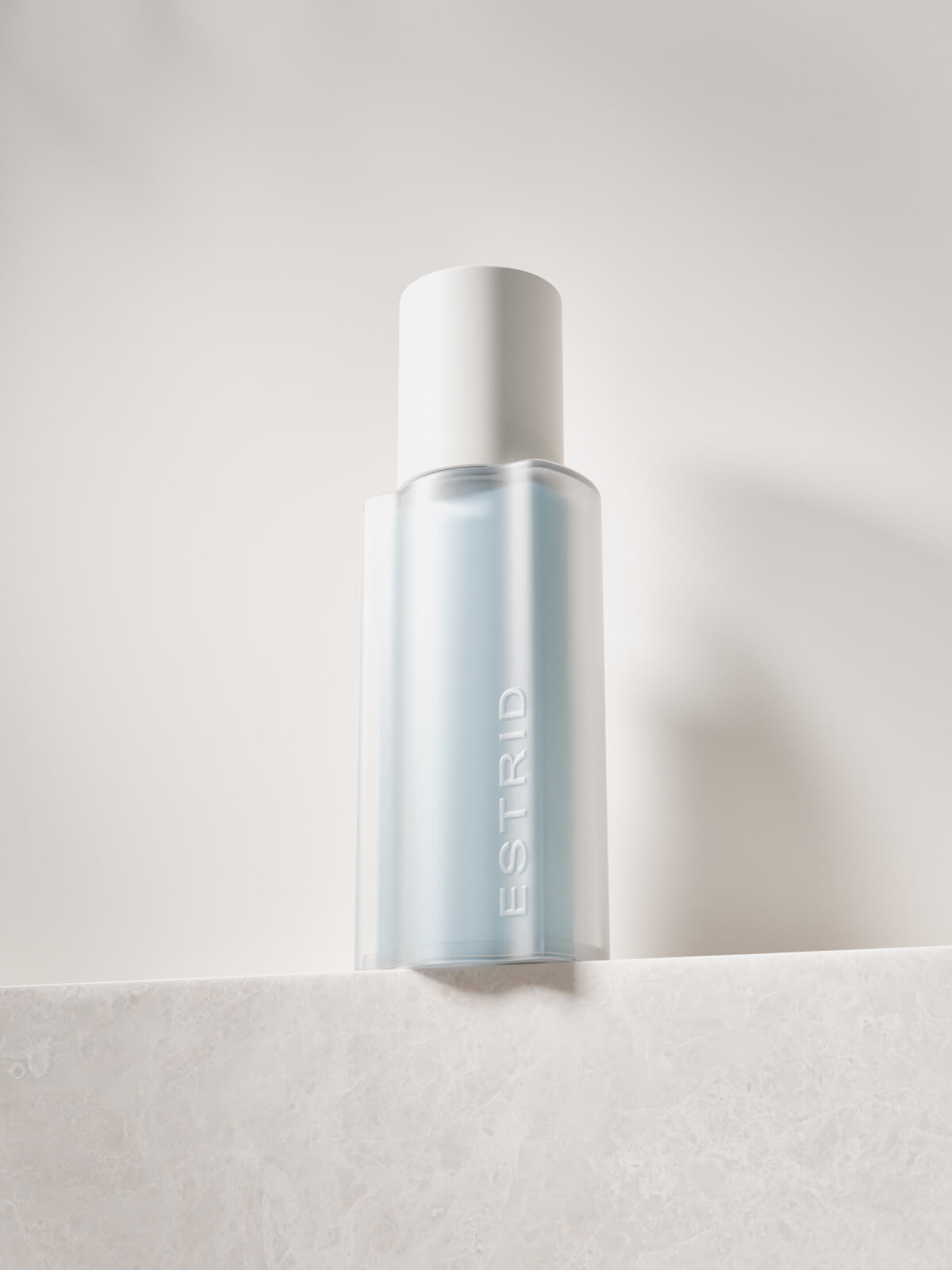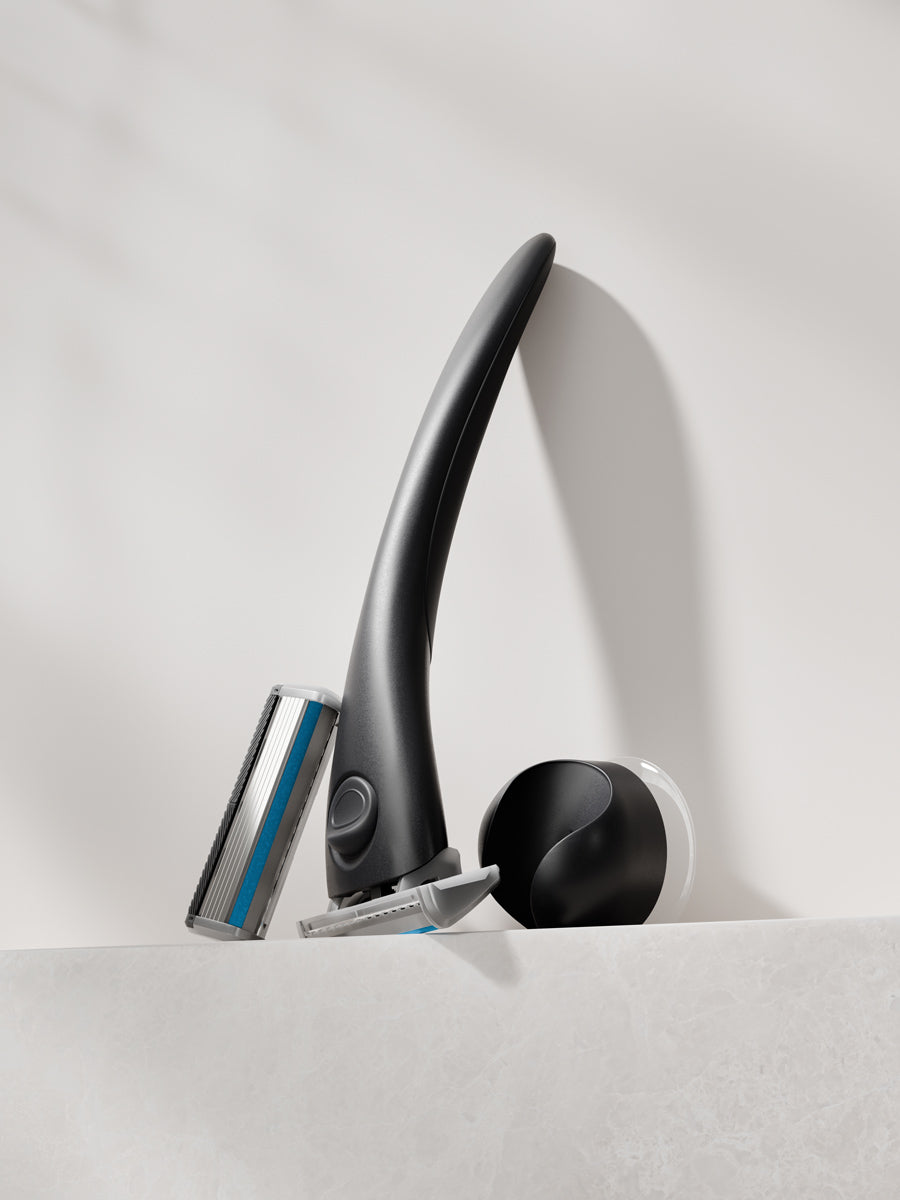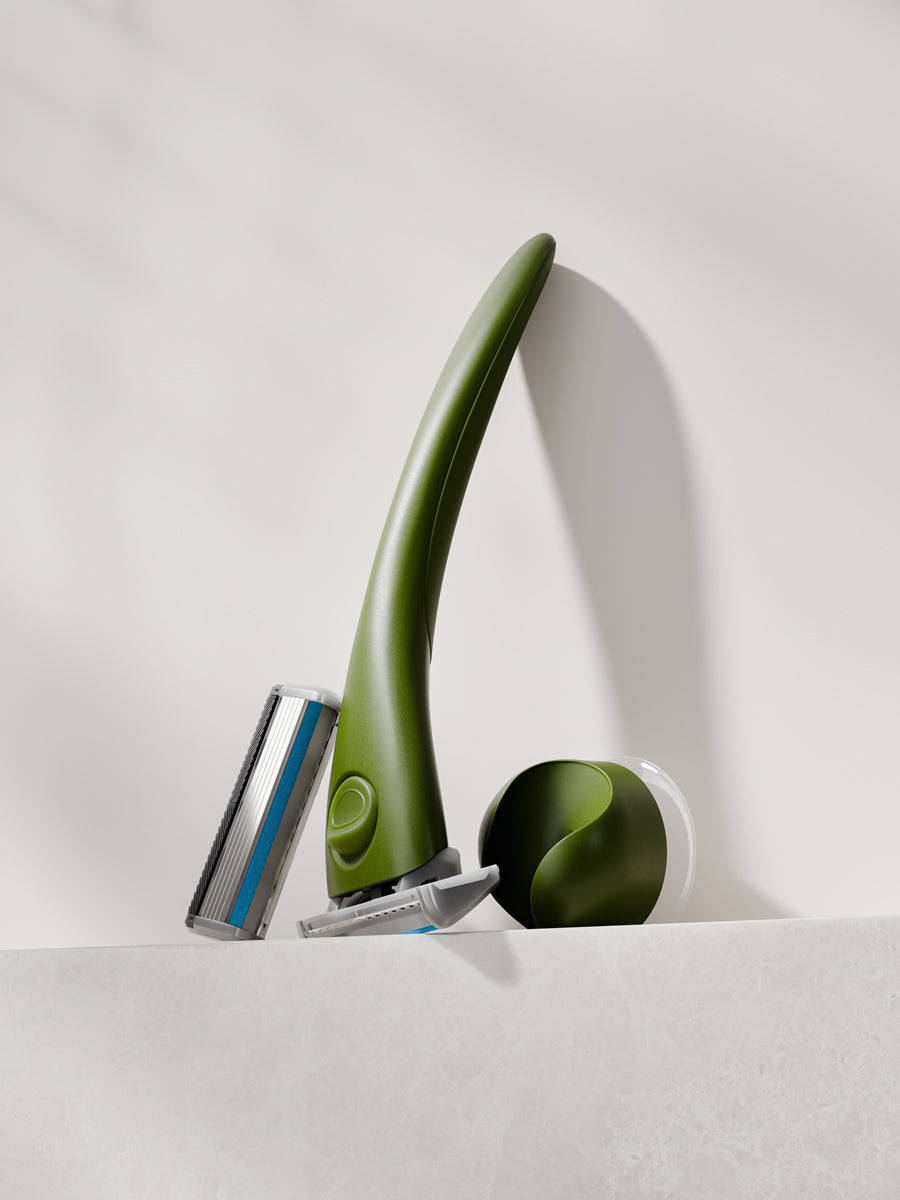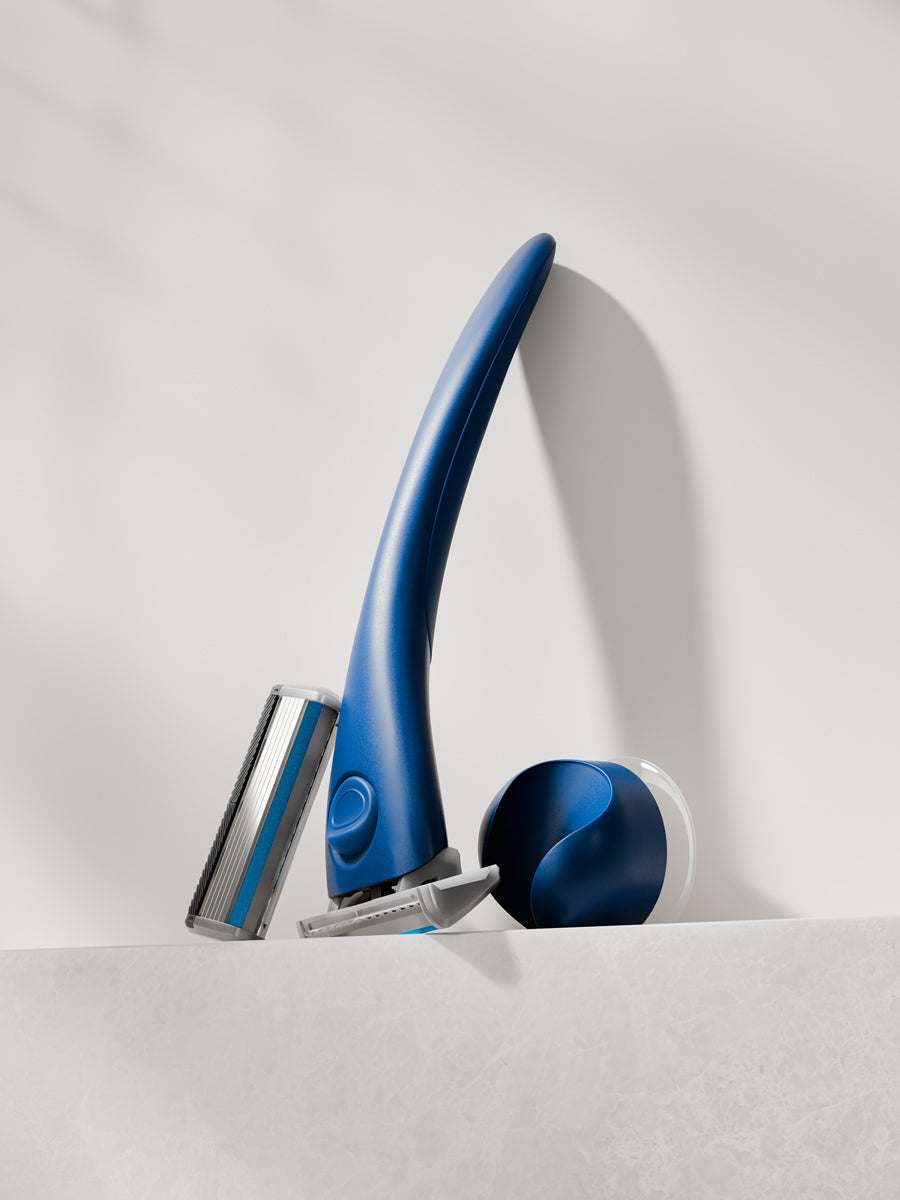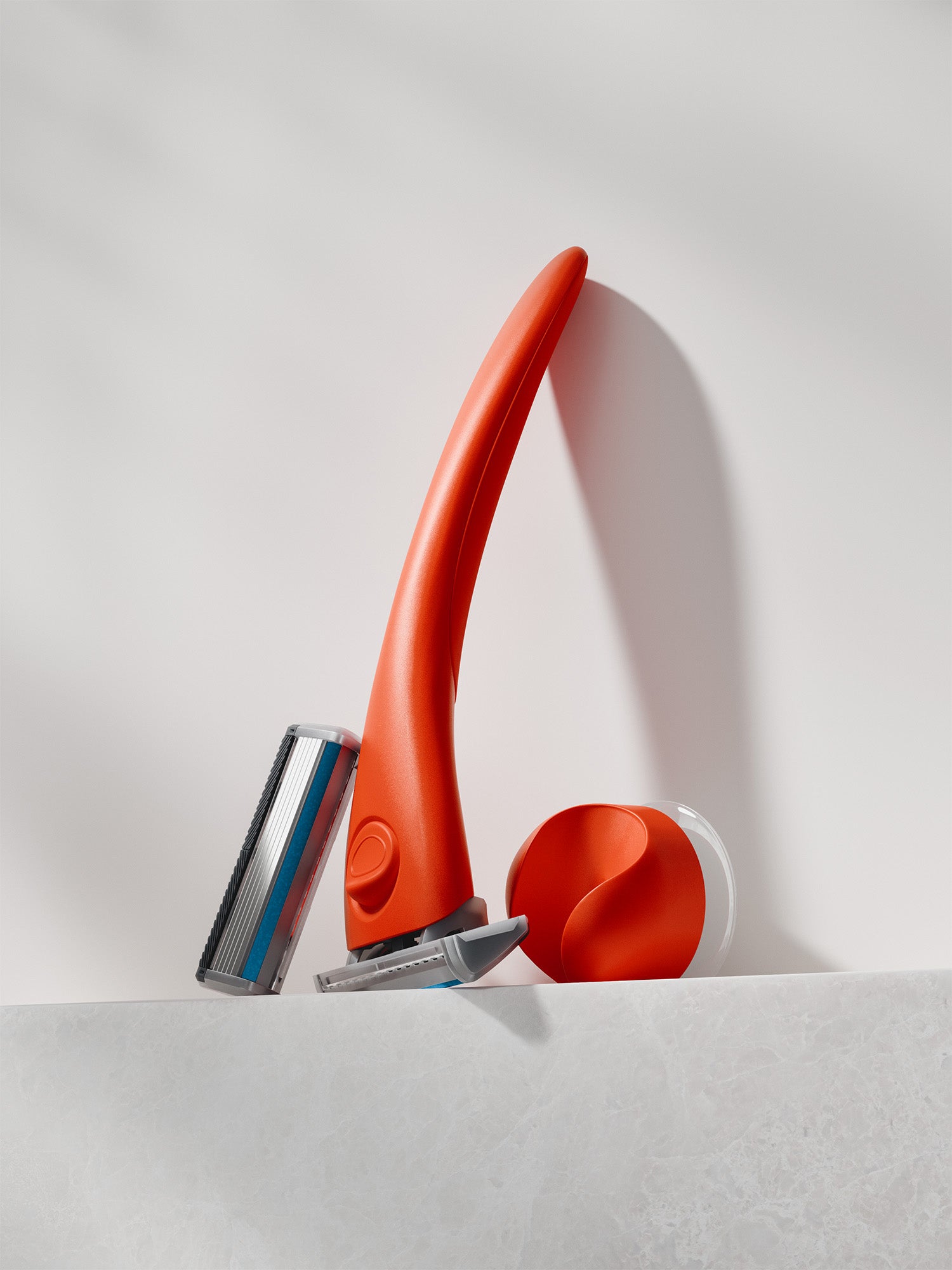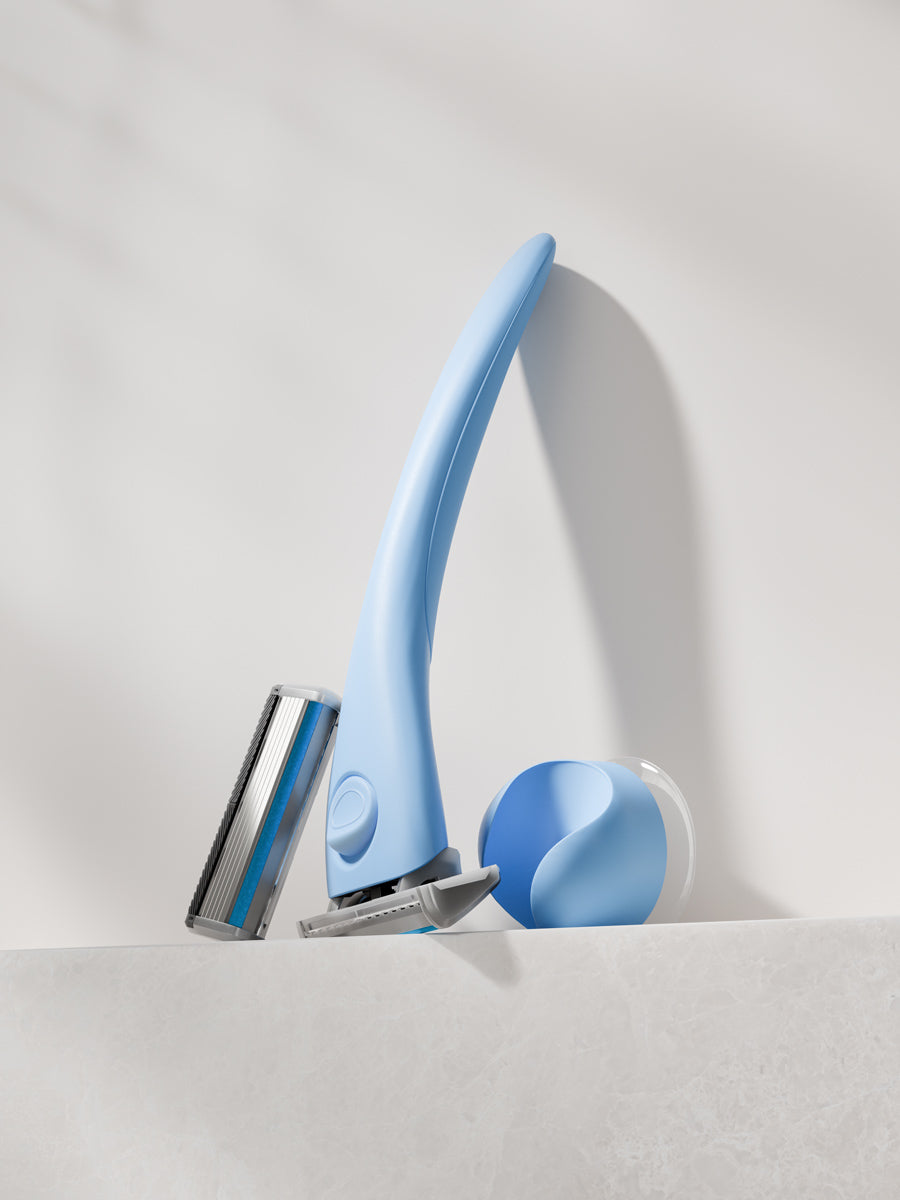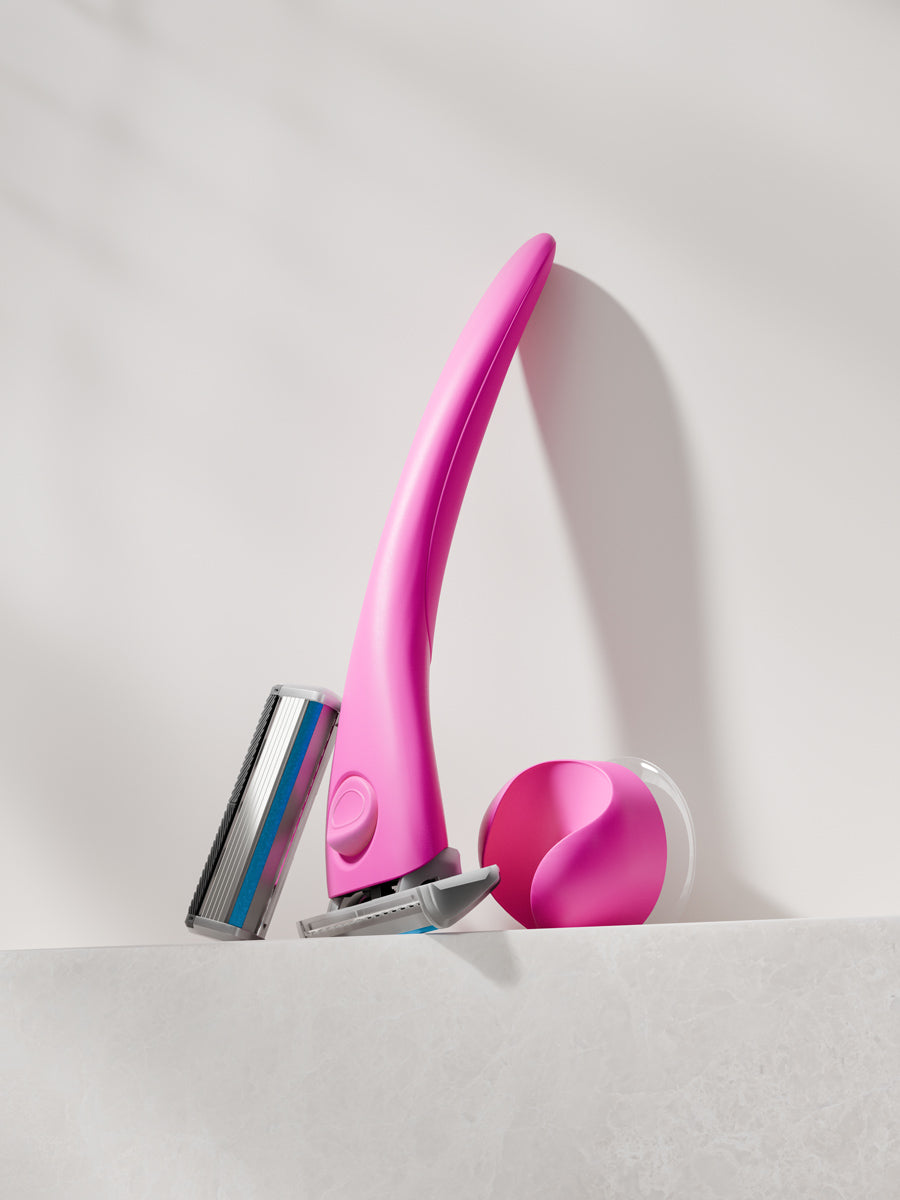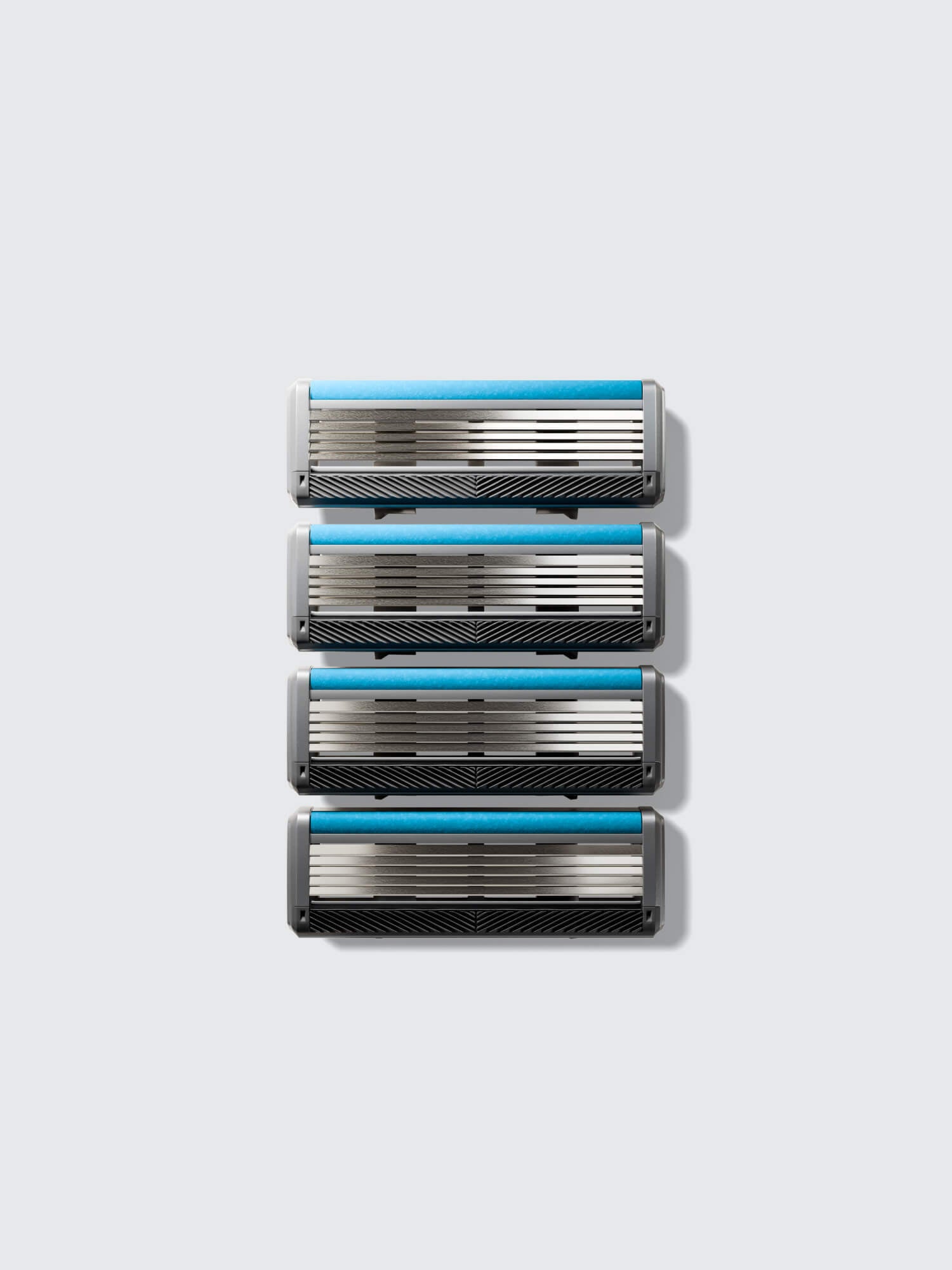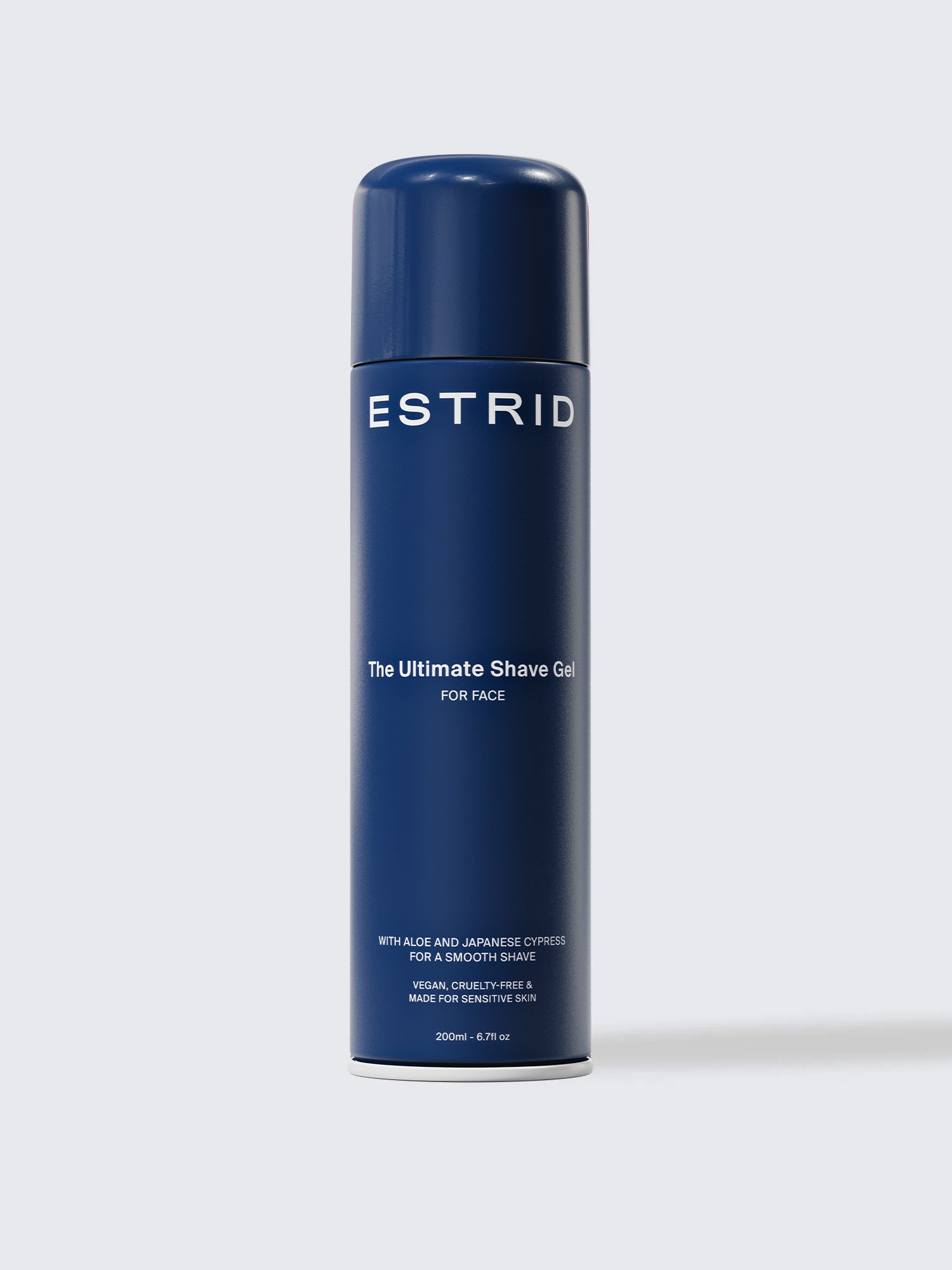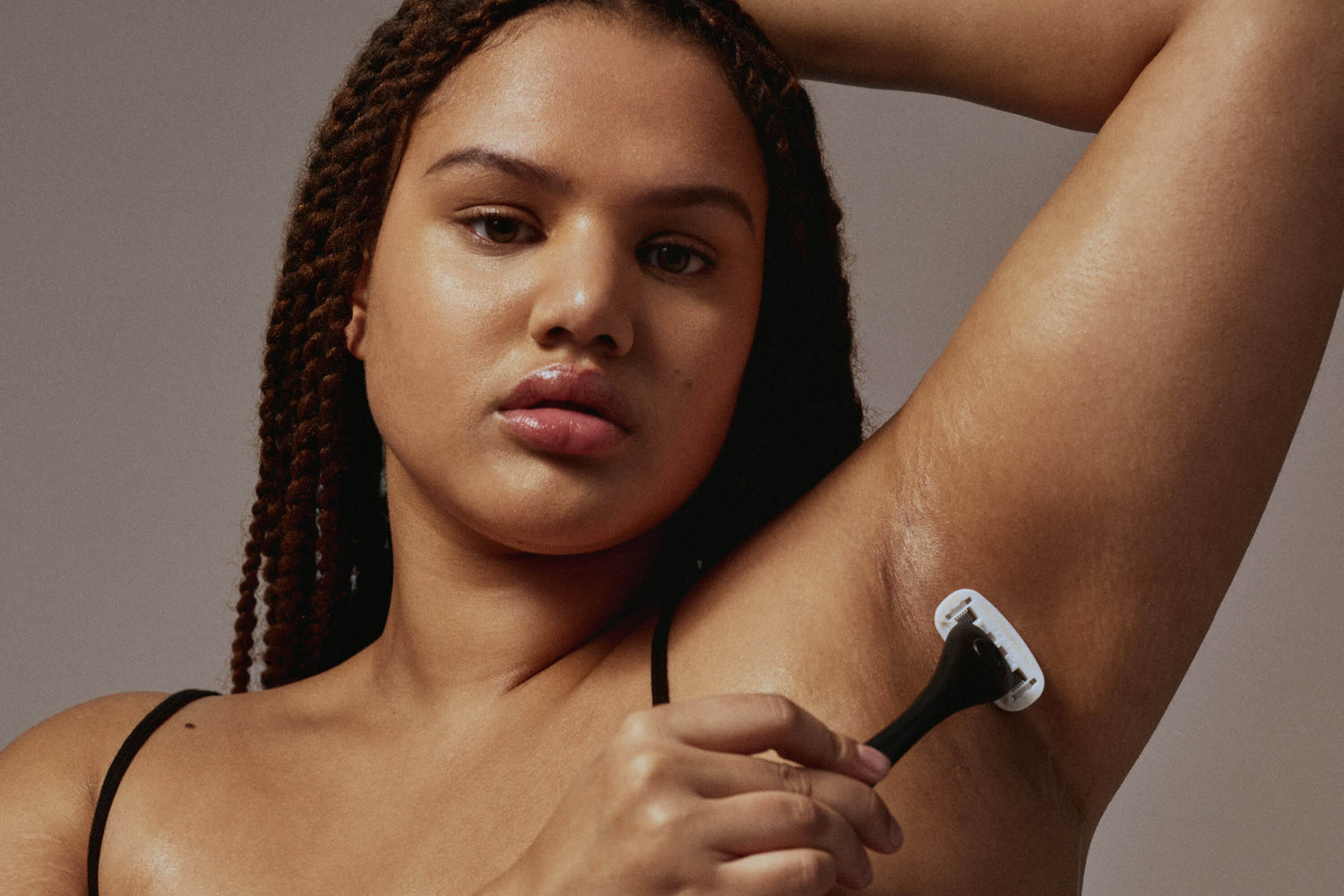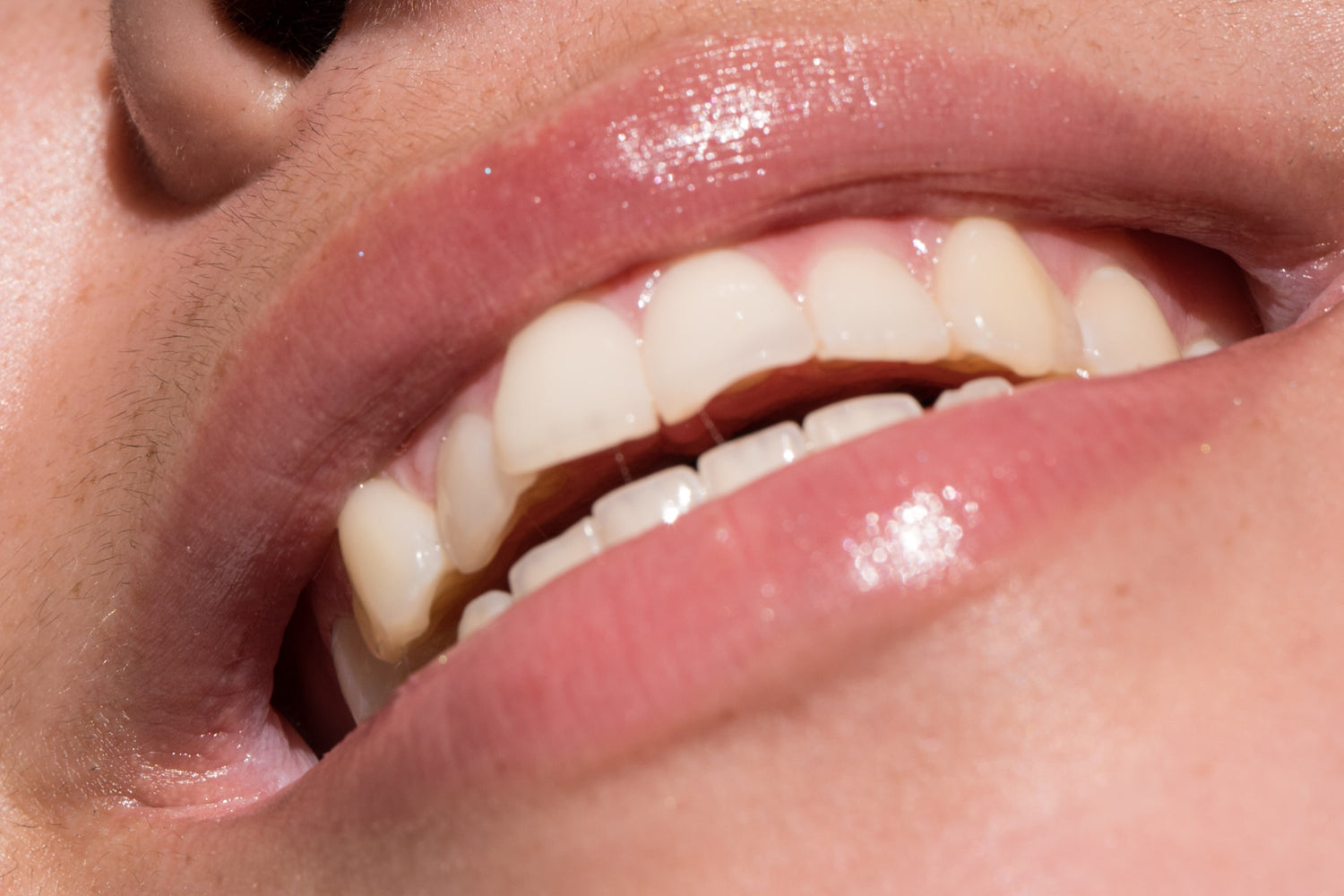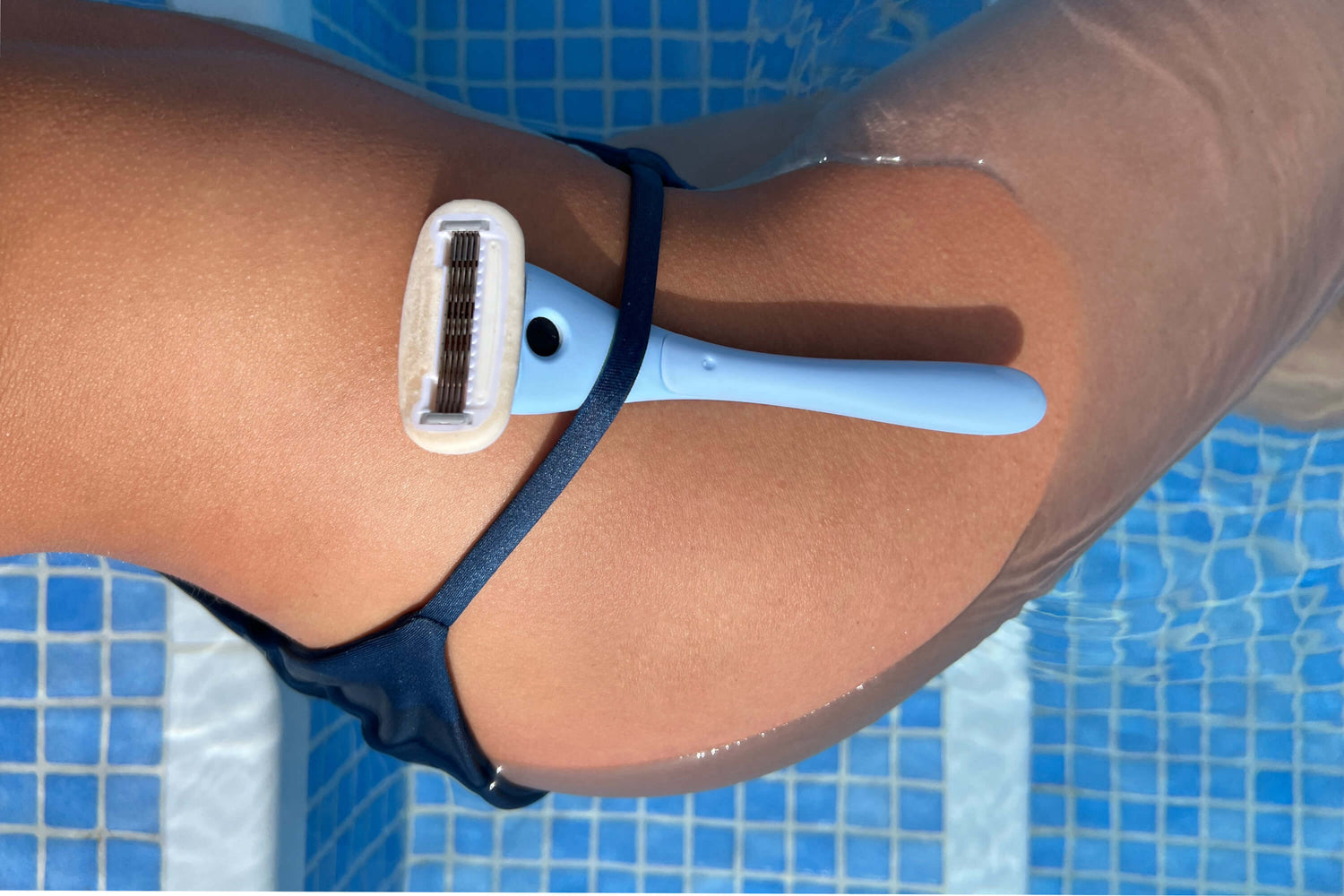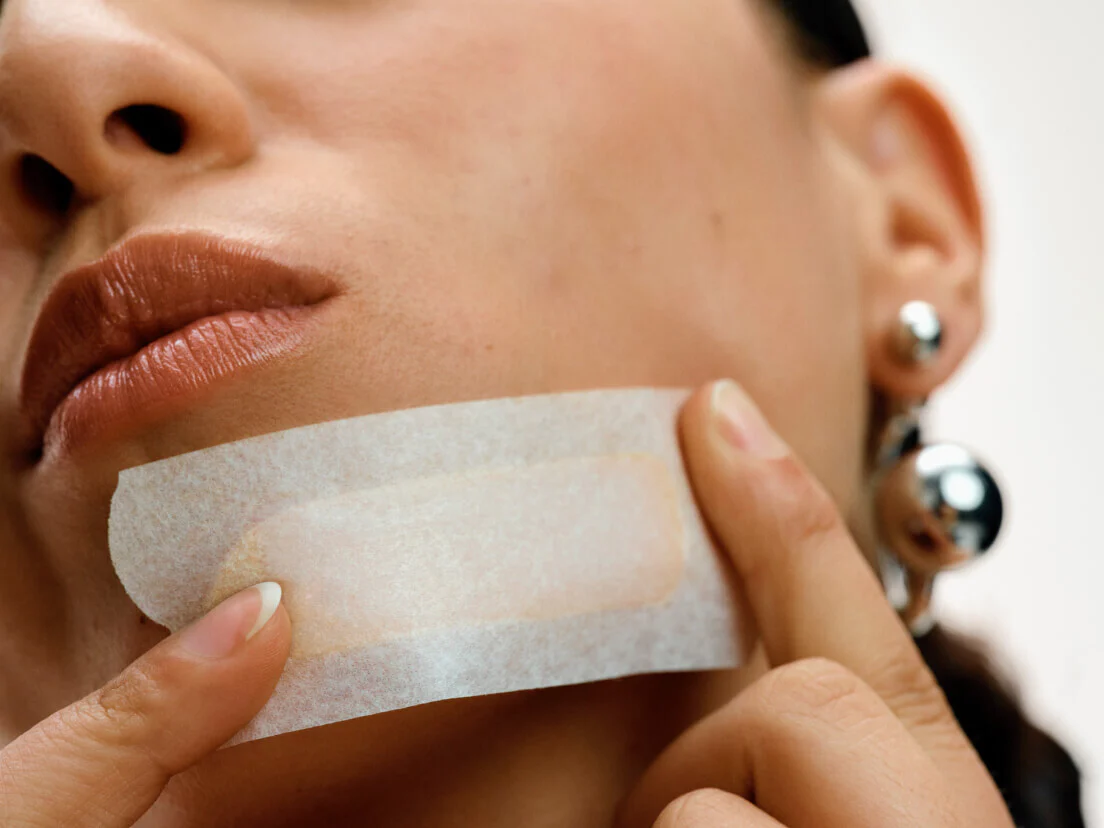With so many leg hair removal options at your fingertips, how do you choose the perfect method that suits both your hair and skin type? In this article, we explore the world of leg hair removal, focusing on the science behind hair growth, the significance of choosing the right technique, and the pros and cons of each method.
Understanding the Hair Growth Cycle
Let's first understand the hair growth cycle on your legs, which revolves around three vital phases: Anagen, Catagen, and Telogen.
Anagen Phase: Growth Stage and Hair Removal
The Anagen phase is the growth stage when hair emerges from the follicle. It is the ideal time for hair removal procedures as the hair is firmly anchored, ensuring prolonged smoothness.
Catagen Phase: Transitional Period and Hair Removal
The Catagen phase is a transitional period when hair growth slows, and the follicle contracts. Hair in this phase isn't ideal for removal since it might not be firmly attached to the root.
Telogen Phase: Resting Stage and Maintenance
The Telogen phase is the resting stage when old hair sheds, making way for new growth. Hair in this phase isn't actively anchored, necessitating regular maintenance for silky, smooth legs.
Understanding the hair growth cycle is imperative because different hair removal methods target hairs at different stages. For instance, laser hair removal is most effective during the Anagen phase when hair is firmly rooted. On the other hand, waxing and shaving can be performed at any stage, as they provide temporary results removing hair just from the surface.

Factors Influencing Hair Growth on Your Legs
Now that we've unlocked the hair growth cycle, let's delve into the factors influencing hair growth on your legs. Several elements shape hair growth on your legs, including genetics, hormonal fluctuations, and age. Acknowledging these factors empowers you to choose the most effective hair removal method tailored to you.
Genetics and Leg Hair: Thickness and Density
Genetics reign supreme in determining the thickness and density of your leg hair. Embrace your genetic uniqueness; if you're blessed with lusciously thick hair, achieving lasting smoothness may require some extra care compared to those with naturally finer hair.
Hormonal Changes and Leg Hair Growth
Hormonal changes, such as puberty, pregnancy, and menopause, can impact your leg hair growth. These hormonal fluctuations may lead to increased hair growth or changes in texture. For example, during pregnancy, some women might notice a surge in leg hair thickness due to hormonal shifts.
Age and Leg Hair Growth Patterns
Age is another influencer of leg hair growth. As you gracefully age, hair growth may slow, and strands might become finer. This could impact the efficacy of certain leg hair removal techniques, which target actively growing, thicker hairs.
Lifestyle and Medical Factors Affecting Leg Hair
Lifestyle choices like diet, stress levels, and medical conditions can also impact leg hair growth. Nutritional deficiencies, especially in vital hair-health nutrients, may lead to slower growth or weakened hair strands. Meanwhile, high-stress levels can disrupt the hair growth cycle, causing excessive shedding or hindered growth.

Choosing the Right Leg Hair Removal Method
Armed with knowledge about the hair growth cycle and factors influencing it, you can make informed decisions about the most effective hair removal methods for your legs. Selecting the right hair removal method is the cornerstone of your journey to hair-free elegance. It impacts not only your results but also your skin's health and overall experience.
Skin Type and Leg Hair Removal
Your skin type is the ultimate game-changer in the hair removal realm. Different methods might affect varying skin types in unique ways. For instance, individuals with sensitive skin may experience irritation or redness after using techniques like waxing. Before committing to a specific method, performing a patch test on a small area of your skin is important. This helps you gauge your skin's response and make an informed decision.
Considering Pain Tolerance
Another vital factor is your pain tolerance. Hair removal methods can vary significantly in terms of discomfort. Techniques like waxing and laser hair removal may bring some level of ouchy, unlike shaving or at-home hair removal creams. If you have a low pain threshold, consider methods that prioritise comfort and speedy hair removal.
Time and Cost Considerations
Time and cost play starring roles in your hairless journey. Some methods, like shaving and hair removal cream deliver swift results but need more frequent maintenance. On the other hand, methods like salon hot waxing or laser hair removal offer longer-lasting results but tend to require a higher upfront investment.
Assess your budget and lifestyle to find a hair removal method that harmonises with your preferences and needs. Remember, laser may require multiple sessions for the most optimal results and, in some cases, remove the hair more permanently. Grasping the time commitment involved in each technique empowers you to plan accordingly.
By considering your skin type, pain tolerance, time, and cost factors, along with Estrid's help, you're well on your way to showcasing irresistibly smooth and stunning legs for the moments you choose to be hair-free.
